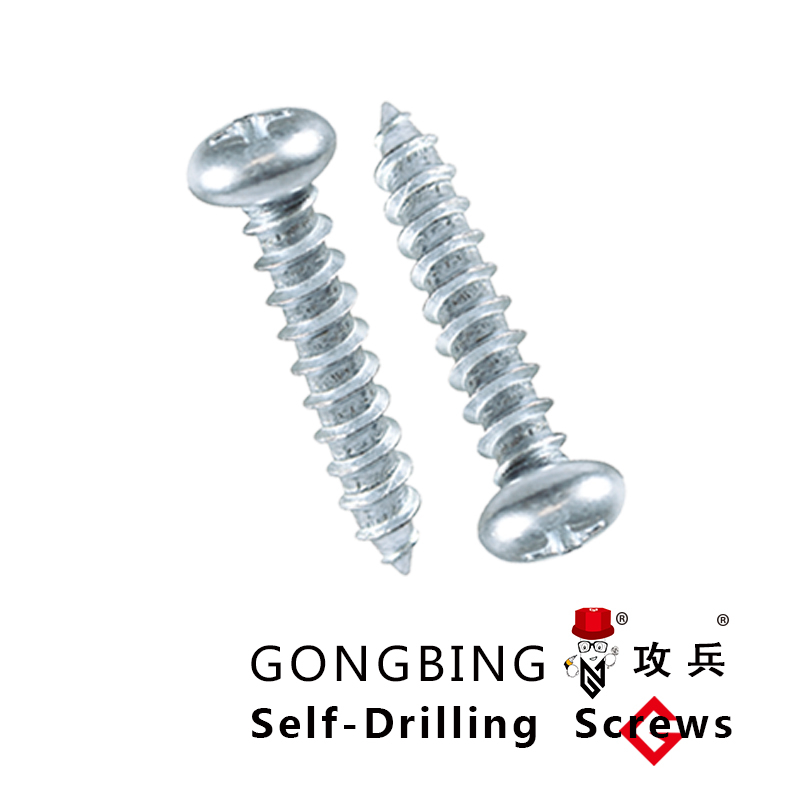Self-Drilling Screws with Button Head for Enhanced Fastening Solutions
The Versatility and Innovation of Button Head Self-Drilling Screws
In the realm of construction and manufacturing, the significance of fasteners cannot be overstated. Among the myriad of options available, button head self-drilling screws stand out for their unique design and versatile applications. These fasteners not only simplify the assembly process but also enhance the overall durability and aesthetic appeal of a variety of projects.
Understanding Button Head Self-Drilling Screws
Button head self-drilling screws are characterized by their distinctive rounded, dome-like heads that resemble a button. This shape serves multiple purposes it provides a larger bearing surface, reducing the likelihood of damage to the material being fastened, and it offers an aesthetically pleasing finish. Unlike traditional screws that require a pilot hole, self-drilling screws integrate a drill bit into their shank, enabling them to create their own hole as they are driven into materials. This feature significantly reduces installation time and labor costs, making them a favored choice among contractors and DIY enthusiasts alike.
Advantages of Button Head Self-Drilling Screws
1. Ease of Use The most significant advantage of button head self-drilling screws is the ease with which they can be installed. The self-drilling tip eliminates the need for pre-drilling, allowing for swift and straightforward assembly. This is particularly beneficial in projects that require a high degree of efficiency and speed.
2. Material Compatibility These screws are designed to work with various materials, including metal, plywood, and even some plastics. Their versatility makes them suitable for a wide range of applications, from construction and roofing to automotive and furniture manufacturing.
3. Strength and Durability Button head self-drilling screws are typically made from high-strength materials like stainless steel or carbon steel, often coated for added corrosion resistance. This durability ensures that they can withstand harsh environmental conditions, making them ideal for both indoor and outdoor applications.
button head self drilling screws

4. Improved Aesthetics The button head design not only provides a larger surface area for better load distribution but also creates a cleaner look. This is especially important in visible areas where the appearance of fasteners can impact the overall design of the project.
5. Cost-Effectiveness By combining drilling and fastening into a single step, these screws can lead to significant savings in both labor and materials. The reduction in installation time also translates to lower project costs, making them an economical choice for large-scale projects.
Applications in Real-World Scenarios
The versatility of button head self-drilling screws allows them to be used in a wide array of applications. In the construction industry, they are commonly utilized for securing metal roofing panels, where their ability to penetrate thick materials without pre-drilling is invaluable. In furniture manufacturing, these screws provide a stable and aesthetically pleasing fastening solution for both visible and concealed joints.
In automotive assembly, button head self-drilling screws are employed to attach body panels and components, ensuring a robust hold that can endure vibrations and impacts. Likewise, in the electrical industry, these screws are often used to secure conduit and lighting fixtures, providing a reliable fastening solution that holds up over time.
Conclusion
In summary, button head self-drilling screws represent a perfect blend of innovation and functionality in the fastener industry. Their ease of use, compatibility with various materials, and strength make them an essential tool for professionals and DIY enthusiasts alike. As technology and design continue to evolve, these fasteners are likely to remain a staple, contributing to safer and more efficient construction practices. Whether for a major construction project or a small home improvement task, the button head self-drilling screw proves that small components can have a significant impact on the overall success and durability of a project.
-
Wedge Anchor Bolts: Secure Fastening SolutionsNewyddionAug.05,2025
-
Insulation Fixings: Secure and Durable SolutionsNewyddionAug.05,2025
-
Full Threaded Studs: Versatile Fastening SolutionsNewyddionAug.05,2025
-
Expanding Fasteners: Secure and Reliable SolutionsNewyddionAug.05,2025
-
Butterfly Toggle Anchors: Secure and Easy to UseNewyddionAug.05,2025
-
Bracing Solutions for Steel StructuresNewyddionAug.05,2025
